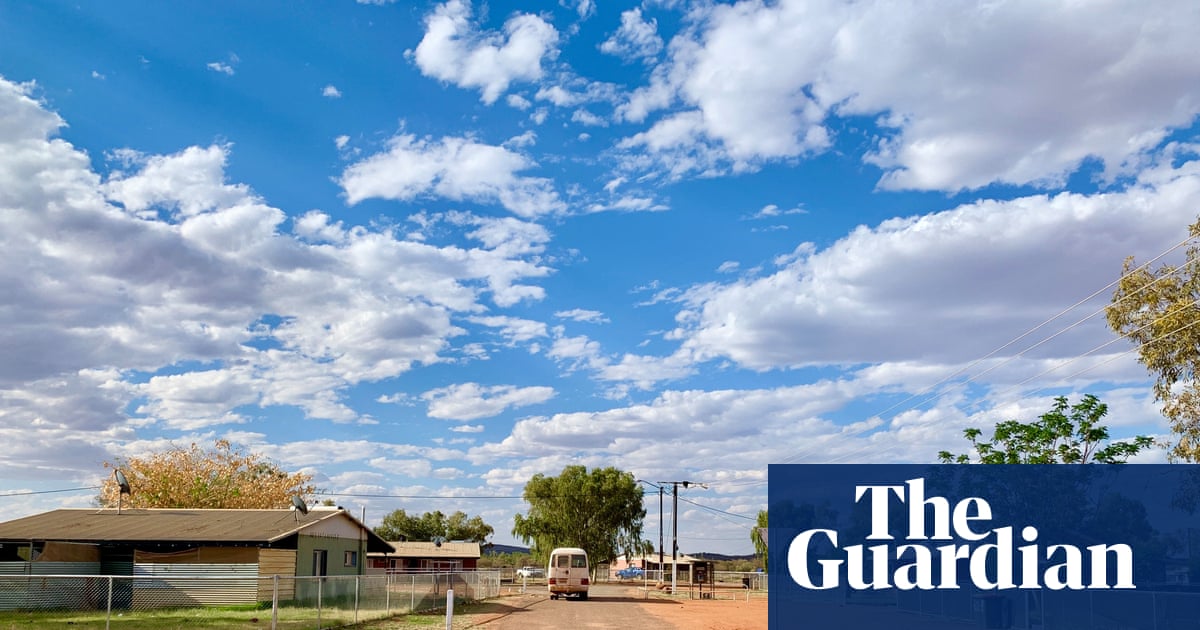Across the sweeping landscapes of Australia’s outback, energy access has long been a challenge, especially for remote Indigenous communities disconnected from the national electricity grid.
For decades, many of these homelands relied on expensive, unreliable, and polluting diesel generators. But over the last 20 years, a quiet renewable revolution has been unfolding — led by the sun, shaped by local voices, and bringing about one of the most significant energy transformations in regional Australia.
The Bushlight Project: A community-led energy revolution
One of the pioneering efforts in this transformation was the Bushlight Project, launched in 2002 by the Centre for Appropriate Technology (CfAT) and funded through the Australian Government’s Renewable Remote Power Generation Program. Bushlight delivered customised, stand-alone solar energy systems –with battery and generator backups – to over 130 Indigenous homelands across the Northern Territory, Western Australia, and Queensland.
What made Bushlight truly different was its culturally responsive approach. Instead of dropping in standardised energy systems, the team conducted deep consultations with community members, mapping out how power was used, who controlled it and what cultural considerations had to be respected. This bottom-up method helped communities design their own energy systems, enabling sustainable use and community buy-in.
Replacing diesel dependency with clean power
For many of these communities, diesel generators were the only lifeline — expensive to operate, prone to mechanical failure and environmentally destructive. The logistics of transporting fuel to remote areas often meant power outages were frequent, and the generators themselves required regular servicing.
Bushlight’s hybrid solar systems – a combination of solar PV panels, battery storage, and backup generators – changed the game.
By relying primarily on solar power and using diesel only as a backup, communities experienced:
- Significant fuel savings
- Reduced greenhouse gas emissions
- Quieter, more reliable power supply
- Greater energy sovereignty
These systems were also designed to match cultural practices, such as enabling group usage areas or respecting gender-specific spaces. Energy allocation tools helped families monitor and manage their usage without overloading the system — a crucial feature in environments where traditional demand forecasting doesn't apply.
Empowering communities beyond the grid
Bushlight was more than a technical fix — it was a tool for self-determination. By enabling Aboriginal communities to generate and manage their own power, the project laid the foundation for greater autonomy, economic opportunity and a sense of ownership over infrastructure that historically came from outside, often without consent.
Since the official end of Bushlight in 2013, its legacy lives on. Today, CfAT Ltd continues to innovate, helping communities access smart microgrids, solar-powered infrastructure, and independent energy systems through new partnerships and public-private collaborations.
Current programs like the Northern Territory Government’s Remote Power System Strategy aim to fully replace diesel with renewables across multiple Aboriginal communities. Similarly, the Australian Renewable Energy Agency (ARENA) has funded projects like community-owned microgrids and solar plus battery storage initiatives to replicate Bushlight’s success in new contexts.
Solar energy as a social justice issue
Energy is not just a matter of infrastructure — it’s a matter of justice. Many Aboriginal homelands continue to face energy poverty, which in turn exacerbates health issues, economic exclusion and limits access to essential services.
By transitioning these communities to clean, affordable power, solar energy becomes a tool of reconciliation and equality. As noted in a report by The Conversation, off-grid solar projects tailored to Indigenous communities could tackle systemic disadvantage in ways that top-down grid extensions often fail to do.




Comments
Join Our Community
Sign up to share your thoughts, engage with others, and become part of our growing community.
No comments yet
Be the first to share your thoughts and start the conversation!